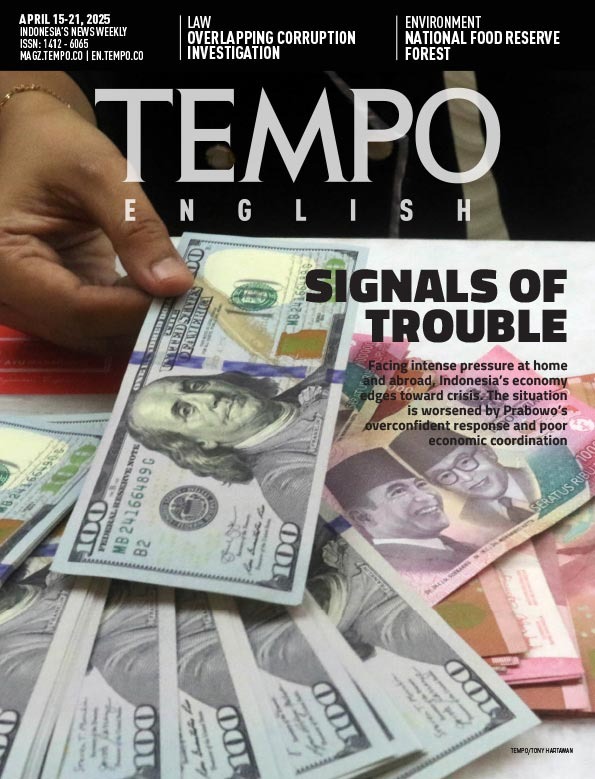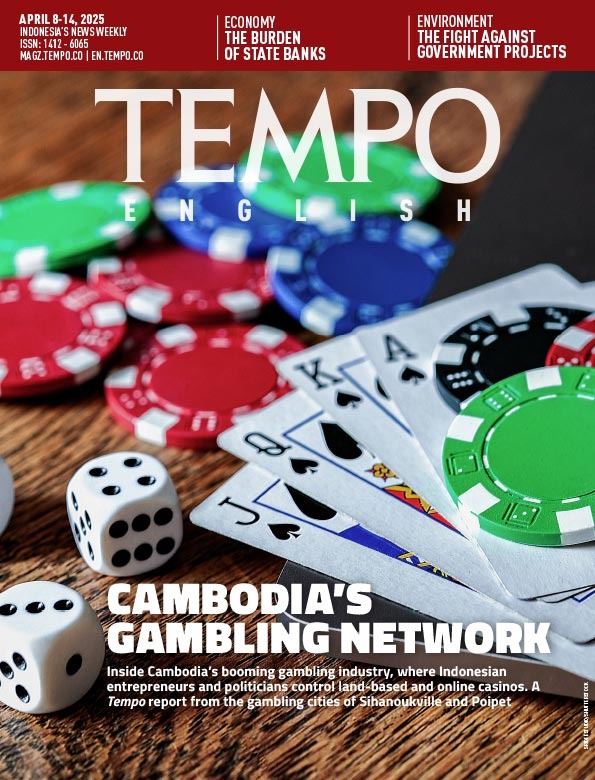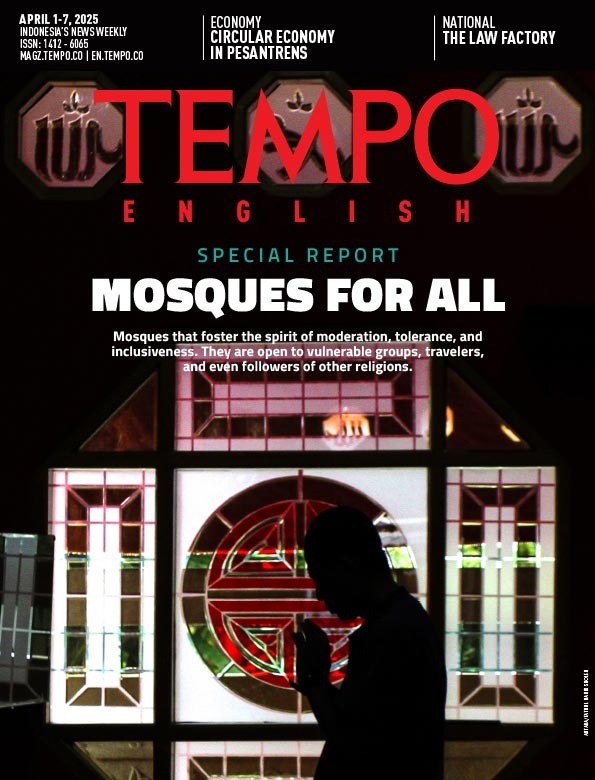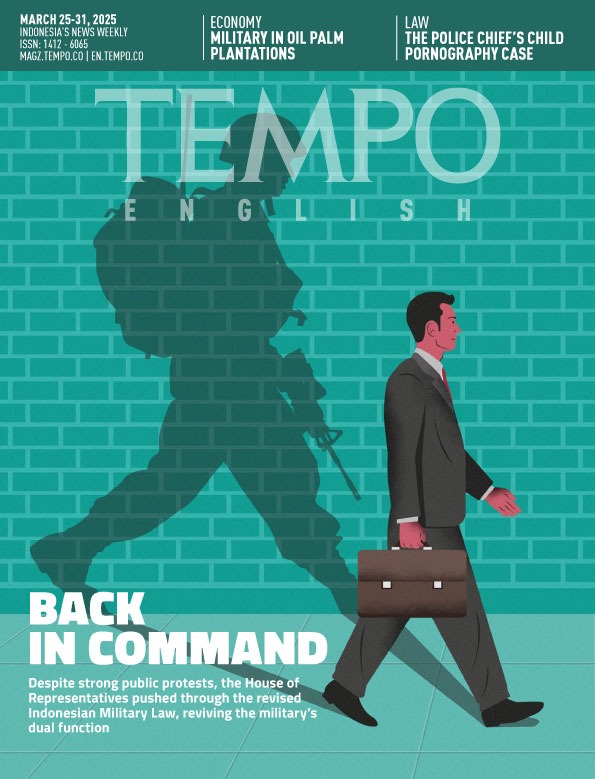Indonesia Does Not Have A Tourism Masterplan Yet
Monday, December 9, 2019
arsip tempo : 174460482112.

Thailand’s gastronomic approach to promote tourism impressed Wishnutama Kusubandio, the newly minted tourism and creative economy minister. Throughout 2018, the land of the white elephants managed to attract 38.3 million overseas tourists, earning itself the title of the most visited Southeast Asian destination. Indonesia only made it to the fourth place behind Malaysia and Singapore.
Wishnutama said Thailand’s smashing success
...
Subscribe to continue reading.
We craft news with stories.
 For the benefits of subscribing to Digital Tempo, See More
For the benefits of subscribing to Digital Tempo, See More








